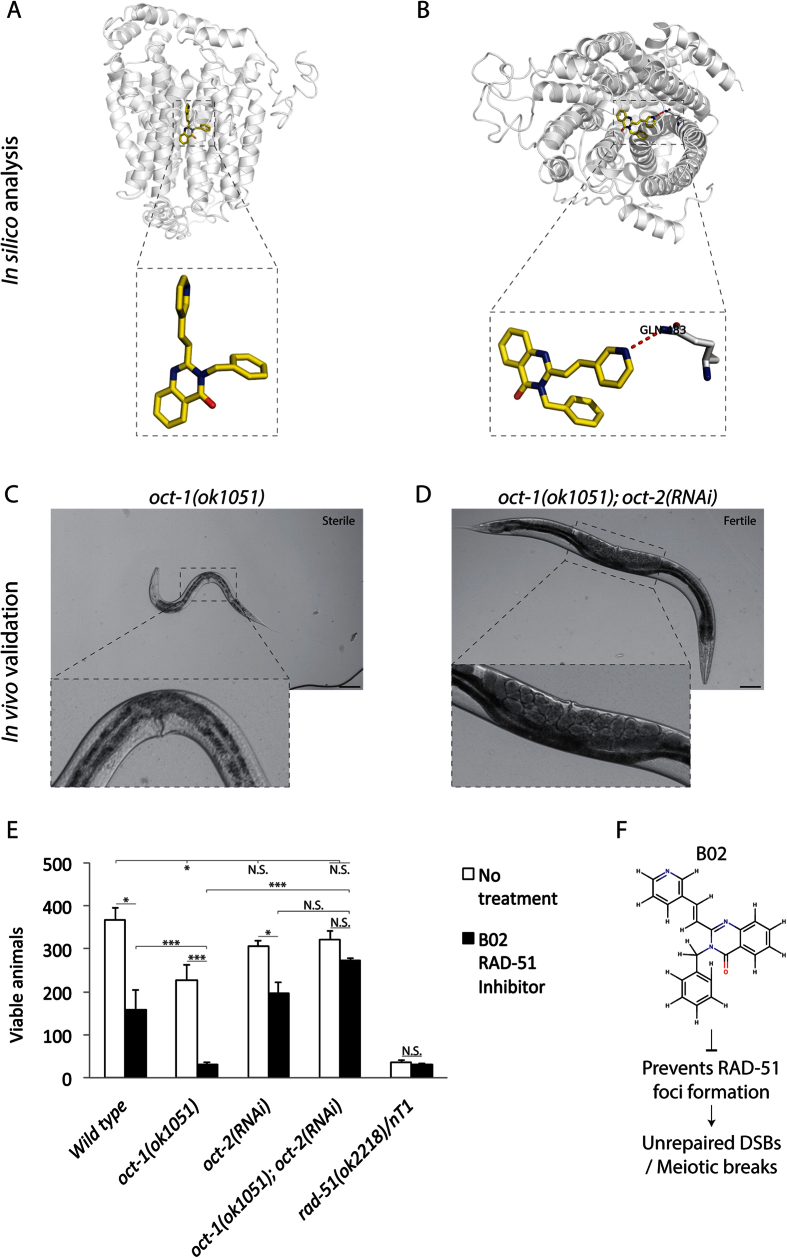Figure 5. The B02 inhibitor of RAD-51 mimics the rad-51/rad-51 homozygotes phenotypes when oct-2 is upregulated.
(A,B) Depiction of the ligand-protein docking of OCT-1 and OCT-2 modelled with B02 and showing exclusive binding of the drug to OCT-2. (C) DIC image showing that B02 causes embryonic lethality (diminishing number of germ cells) in the oct-1(ok1051) mutant. (D) DIC image showing that oct-2 downregulation in the oct-1(ok1051) mutant animals restores fertility. In (C,D) Scale bar = 35 μm. (E) B02 diminishes the number of viable animals when oct-2 is expressed. Brood size analysis of wild type, oct-1(ok1051) and oct-1(ok1051); oct-2(RNAi) and rad-51(ok2218)/nT1 animals under standard conditions (no treatment) and upon exposure to 5 μM B02. Data are mean ± S.D. No treatment: Wild type = 366 ± 26.7 (n = 20), oct-1(ok1051) = 296 ± 7.1 (n = 29), oct-2(RNAi) = 307 ± 11.3 (n = 23), oct-1(ok1051); oct-2(RNAi) = 321 ± 19.7 (n = 25), rad-51(ok2218)/nT1 = 35 ± 5.6 (n = 9). B02 treatment (5 μM): Wild type = 158 ± 29.7 (n = 21), oct-1(ok1051) = 32 ± 7.0 (n = 17), oct-2(RNAi) = 196 ± 26.8 (n = 25), oct-1(ok1051); oct-2(RNAi) = 272 ± 7.1 (n = 25), rad-51(ok2218)/nT1 = 30 ± 4.2 (n = 10). Error bars represent the S.D. Unpaired two-tail t-test *P < 0.03; **P < 0.01; ***P < 0.0005 were considered to be statistically significant. N.S. = Non Significant. (F) The RAD-51 inhibitor, B02, mode of action in C. elegans germline.

